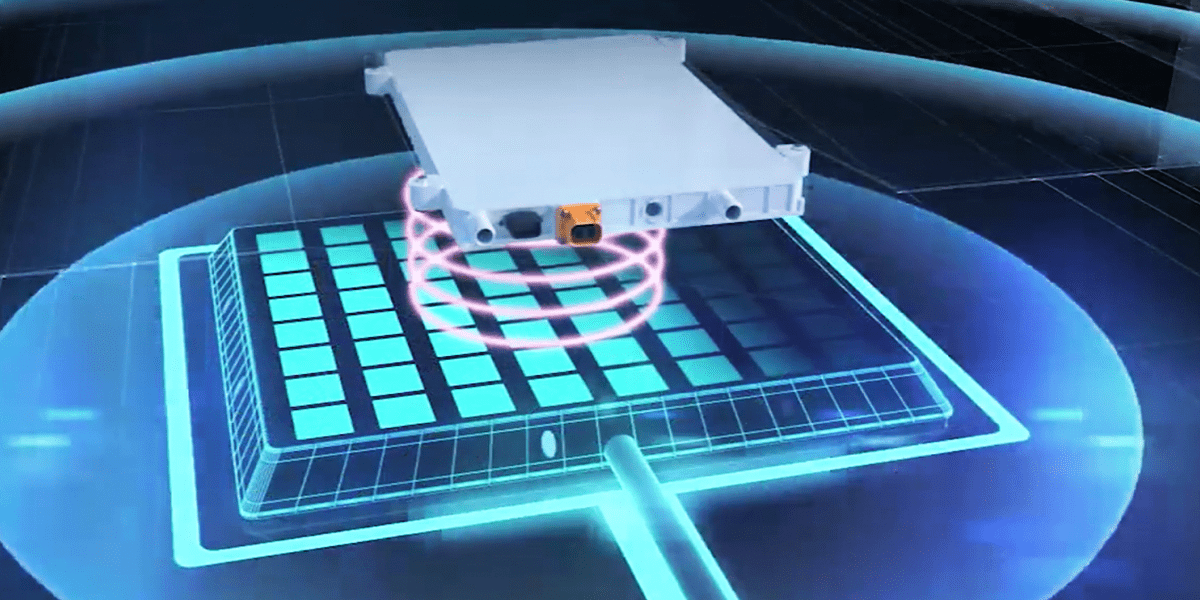China publishes wireless charging standard GB/T 38775
China has set a national standard for wireless charging of electric vehicles based on WiTricity technology. The inductive charging specialist has worked closely with the GB standards committee on several technical issues, including efforts for harmonisation.
There are a few wireless charging standards due for publication this year and next, which include SAE J2954, ISO 19363 or the IEC 61980. China’s current GB/T (‘GuoBiao’) standard is by far the most ambitious with recent news specifying charging powers of up to 900 kW – all with a cable, however.
For inductive charging, there had been a gap so far that is now beginning to close as the China Electricity Council (CEC) ratified and published a set of four national standards for the wireless charging of EVs. Eighteen are planned in total.
The four-part set of the now available standard with the designation GB/T 38775 regulates the following: the general requirements, communication between onboard chargers and external chargers, special requirements, and limit values and test methods for electromagnetic environmental influences. It also formulates requirements for transmission and system functions that must be met during product design and testing – including basic safety requirements.
For equipment to meet this new standard, WiTricity’s patented technology has become instrumental. According to the company, an MIT spin-out, the authorities classified 20 patents as “standard-essential”. While WiTricity does not provide detailed data on this, Tier 1s operating in China won’t come around implementing some of WiTricity’s technology.
The company said it managed this by working closely with the GB/T standard committee (CEC), the China Electric Power Research Institute (CEPRI) and the China Automotive Technology and Research Center (CATARC) over the last four years. Alex Gruzen, WiTricity CEO, expressed them being “thrilled that GB standard is published, creating a clear path for automakers and their Tier 1 suppliers in China to implement wireless charging”.
Existing partners already include the Zhejiang’s subsidiary VIE and Anjie Wireless Technology. Both have licensed WiTricity’s technology and designs which include all required peripheral systems such as foreign object detection, position detection and communications. WiTricity also claims its magnetic resonance technology delivers the same power, efficiency and charge rate as conventional plug-in charging methods but fails to go into any more in-depth technical detail. The CEC has since confirmed the compatibility in a post on WeChat as well.
In concrete terms, VIE has completed construction of its pilot production facility to assemble wireless charging systems for its initial OEM customers. Anjie recently demonstrated autonomous parking and wireless charging on an Xpeng Motors’ EV, according to press information.
The new GB/T 38775 wireless charging standard could also have global repercussions, given the current under regulation in other regions and the size of China’s electric vehicle market.
greencarcongress.com, witricity.comweixin.qq.com (announcement in Chinese), gbstandards.org (download GB/T 38775 as pdf)





0 Comments